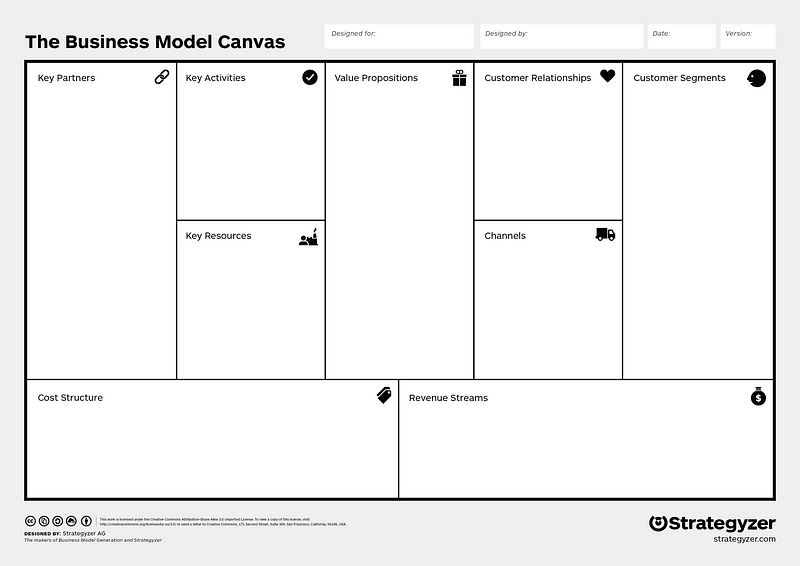Este texto de Alex Osterwalder, "
You Don’t Design Customers, You Understand Them (Or Not)", merece alguma reflexão:
"What he had done was retrofit the customer profile against the digital payments solution they’ve worked out.
.
Now, it’s ok to sketch out the customer profile for a customer you’ve never met in a meeting room. However, you then have to immediately go and verify (and get a reality check) if your assumptions from the meeting room were true. From those tests you adapt and modify the customer profile based on what you’ve learned. Only now, armed with this verified information, you are ready to design the appropriate solution.
.
You can’t shape your customer. You can only understand the customer. The value proposition is where you make choices: you decide which jobs, pains and gains you want to address with which solutions. Get out of the building to understand your customer, then shape your value proposition around them. While this might sound like common sense, it’s still not common practice."
Não quero ser diletante nem, como conta Pedro Arroja, ser aquele tipo que numa conferência, na parte das perguntas e respostas, coloca uma pergunta ao orador e acaba a querer fazer ele próprio uma conferência, mas acho que há motivo para reflexão.
Alex Osterwalder escreve, e bem, para startup-people. Eu escrevo sobre a realidade a pensar nos meus clientes-alvo, PME industriais. As PME industriais com que trabalho querem dar uma sapatada no status quo em vivem, mas têm alguns constrangimentos: têm uma herança, ou seja uma estrutura produtiva e comercial que não se pode deitar fora como a água de um banho, têm um espaço de Minkowski (
As posições anteriores limitam as posições futuras afinal os
macacos não voam)
... e, sobretudo, têm pouco dinheiro.
Assim, ao contrário da liberdade de uma startup uma PME pode estar perante uma situação que se pode traduzir desta forma: sou o que sou, a minha vantagem, ou o que pode ser a minha vantagem é o que sou e não posso mudar - por falta de dinheiro, por autenticidade, por falta de alternativa, por falta de outras experiências. Nesse caso,
o que a empresa produz não se altera mas tem de alterar quer o cliente, quer a abordagem comercial:
"Se calhar não é a lã que tem de mudar, se calhar são os mercados onde se quer vender os produtos autênticos feitos com ela que têm de mudar. Como no exemplo da artesã de Bragança, ou das tábuas de cozinha, ou do burel de Manteigas, ou os "Tecidos tradicionais em lã como o burel, a samarra ou o sarrubeco" de Albano Morgado."
Assim, para muitas PME aquele "You can’t shape your customer" não pode ser levado à letra. Elas têm de ir a todo o mundo à procura dos clientes que se ajustam ao que elas podem oferecer com vantagem. Sei que isto roça o limite e pode ser interpretado quase como arrogância estatal que trata os contribuintes como reféns. Não é desprezo pelos clientes, é não ter alternativa de recursos para investir em mudanças.
Considerem os empresários do calçado cheios de dinheiro ou de acesso a financiamento e com uma tradição de gestão bem maior, imaginem o que teriam feito quando a China invadiu o Ocidente com o low-cost... teriam deslocalizado. Em vez disso, tiveram de subir na escala de valor e subir às árvores como no exemplo dos
20 para os 200€. Assim, fazem uma análise da sua situação e concluem: só posso sobreviver se trabalhar para este tipo de cliente ...
Outro ponto que merece reflexão em "You can’t shape your customer" é: não se modifica um cliente individualmente, mas acredito numa frase que será "You can shape your market":
Em suma, a startup vai-se reformulando e pilotando até se ajustar ao cliente-alvo. A PME-tipo percebe onde pode actuar e depois procurar os clientes, ou trabalho o mercado, com quem pode ter sucesso.
Por isso uso os marcadores lá em baixo.
























